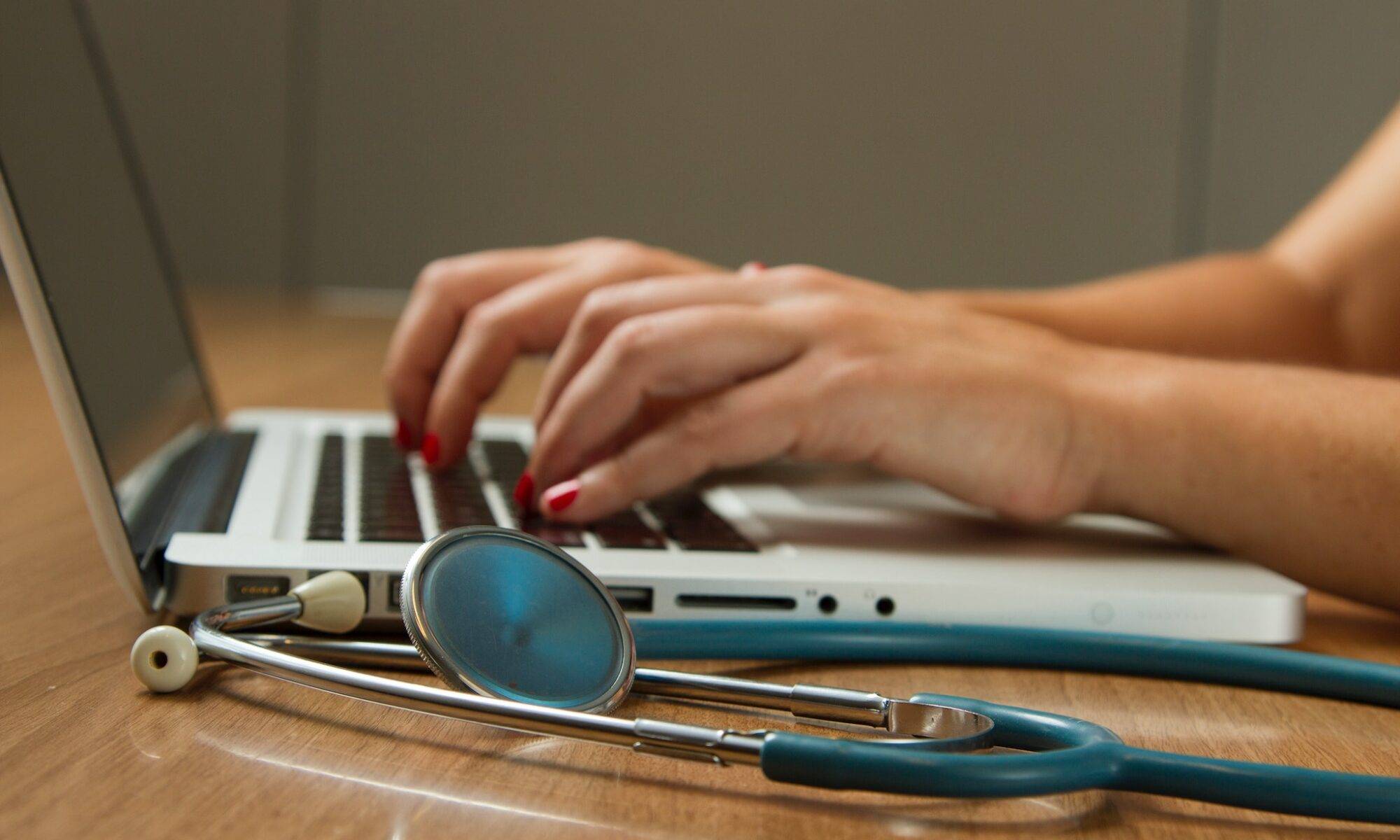Welcome, dear reader, to our exploration of a remarkable transformation within the healthcare industry, namely, Mobile Health, colloquially known as mHealth. Akin to a comet streaking across the night sky, smartphones and mobile devices have illuminated the landscape of patient care. As these glowing meteors of technology soar across every corner of our world, so does mHealth’s popularity, leaving a trail of benefits for both patients and healthcare providers. We are about to embark on an odyssey, sailing through the sea of mHealth, touching upon its tremendous influence on patient care, the hurdles it encounters, its victories, the waves of future trends, and the innovative winds propelling it forward.
On the stage of our health opera, mHealth takes on various roles – a smartphone, a tablet, a wearable device. These characters each contribute to an intricate narrative that interweaves patient care and healthcare delivery, fostering an elaborate ballet of applications and services, constantly improvising and improving. The global proliferation of mobile devices has allowed mHealth to flourish like a lotus, offering a new paradigm of healthcare access and outcomes.
mHealth opens up a doorway, a portal to a new dimension of healthcare services, especially for those hidden in the societal shadows, the underserved populace. It breaks down the geographical barriers and reduces the necessity for face-to-face visits, with mobile apps connecting patients to healthcare providers remotely. Like a lighthouse guiding lost ships to the shore, this proves especially beneficial for those in rural or hard-to-reach areas, providing them with timely access to medical advice and even remote diagnosis.
Fancy a chat with your healthcare provider? mHealth apps are your chatbot waiters, serving up seamless, real-time interaction and prompt responses. Through secure messaging systems, patients can transmit updates on their condition, receiving guidance and support. Imagine it as a lifeline, a bridge connecting patient and provider, resulting in enhanced engagement, strengthened relationships, and ultimately, better healthcare outcomes.
Monitoring chronic conditions, once a daunting task, is now made possible by mHealth. With wearable devices and sensors woven into the fabric of mHealth, patients can keep track of their vital signs, akin to a personal health surveillance system. Data is continuously transmitted to healthcare professionals, leading to early detection of changes or abnormalities and timely interventions, reducing the risk of complications. This technology puts the reins of health management back into the hands of the patients.
Remembering medication schedules can sometimes feel like juggling, where a slip-up can have serious consequences. mHealth apps come to the rescue, sending medication reminders and easy-to-follow instructions, akin to a personal healthcare assistant. This feature not only aids in medication adherence but also enhances patient safety, preventing potential medication errors.
Imagine mHealth platforms as a vast library, a cornucopia of health information. Patients can peruse educational resources, videos, interactive tools, empowering them to make informed decisions about their health. These platforms serve as town criers, disseminating health-related information, raising awareness about diseases, preventive measures, and lifestyle modifications. As knowledge is power, mHealth plays a crucial role in better health outcomes and disease prevention.
Despite the beneficial facade of mHealth, it’s not without its own set of challenges and limitations. Privacy and security concerns loom large, as a Pandora’s box of potential breaches. The question of digital literacy stands as a barrier to adoption, particularly among the less tech-savvy individuals. The reliability of mHealth technologies is another critical point, as glitches or inaccuracies can lead to erroneous outcomes. Integration with existing healthcare systems is also a significant obstacle, demanding collaboration and standardized protocols among stakeholders.
The narrative of mHealth is filled with success stories and case studies that illuminate its transformative potential. Remote communities are now connected to specialists through telemedicine services, leading to timely diagnosis and treatment. Individuals struggling with mental health issues have found support and therapeutic tools through mHealth apps, resulting in improved well-being.
Looking to the horizon, the future of mHealth gleams with potential. Artificial intelligence (AI) and machine learning (ML) technologies promise to take mHealth to new heights. Wearable devices are expected to become more sophisticated, integrating additional health monitoring capabilities. Telemedicine, with its virtual consultations and remote services, offers the possibility of expanding healthcare access, especially in rural or underserved areas.
To conclude our odyssey, mHealth, through the power of mobile devices and technology, has left a significant mark on patient care. By bridging access to healthcare services, fostering communication, enabling self-management of chronic conditions, promoting medication adherence, and facilitating health education, mHealth has solidified its place as a revolutionary force in healthcare. The future looks promising, with the integration of AI, advancements in wearable tech, and the expansion of telemedicine services. These advancements, when harnessed effectively, hold the potential to further transform patient care, improving outcomes, and empowering individuals to take control of their health.


